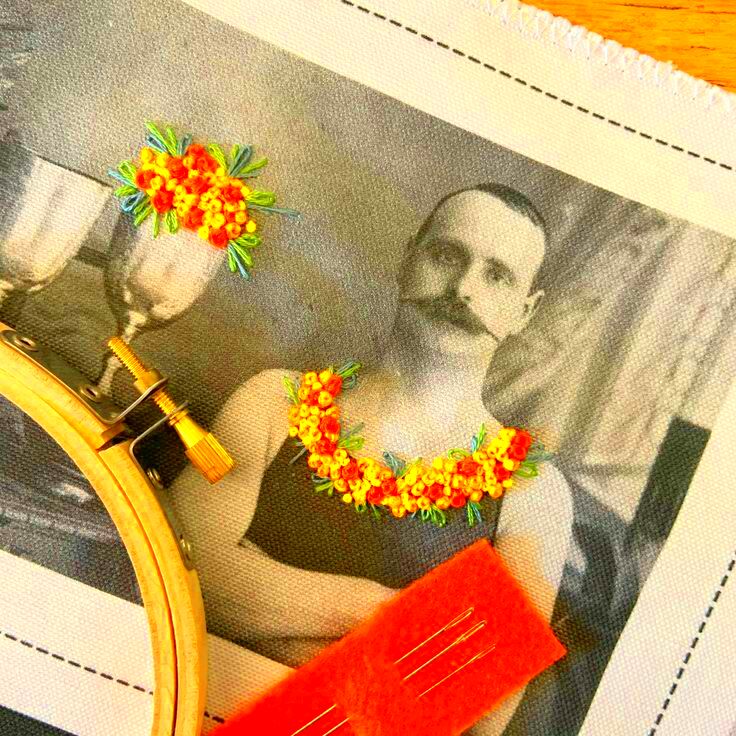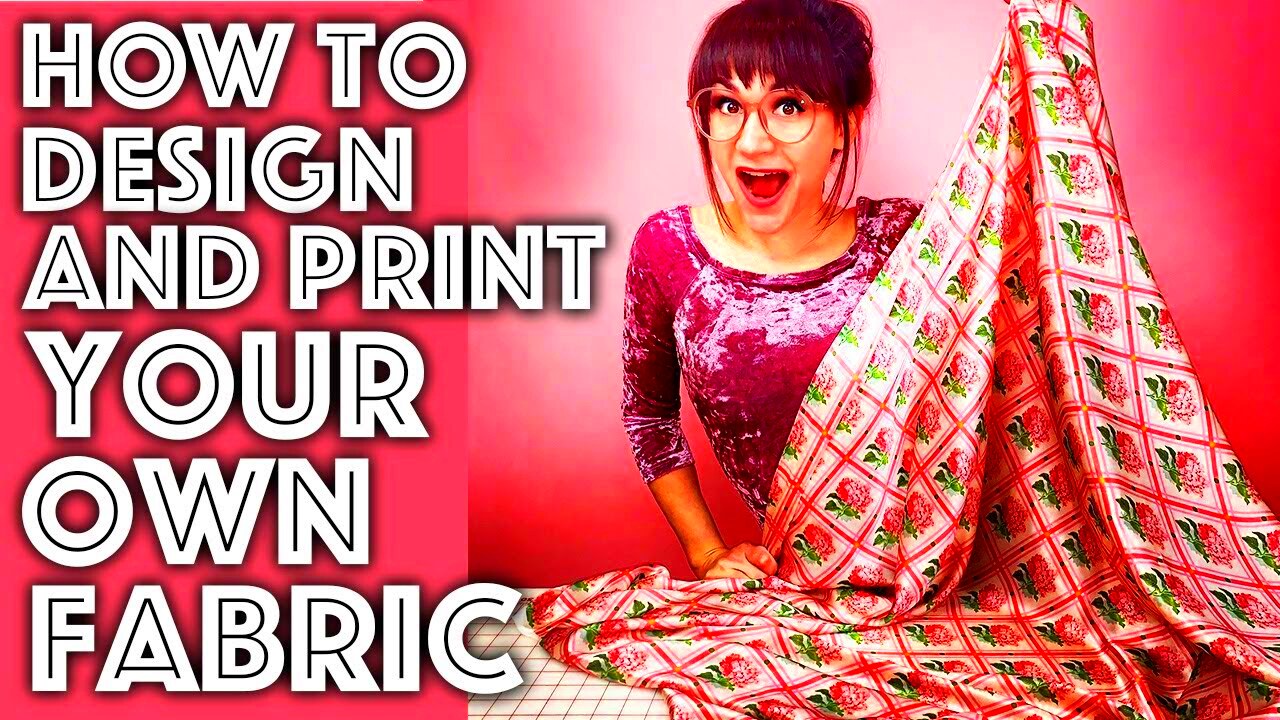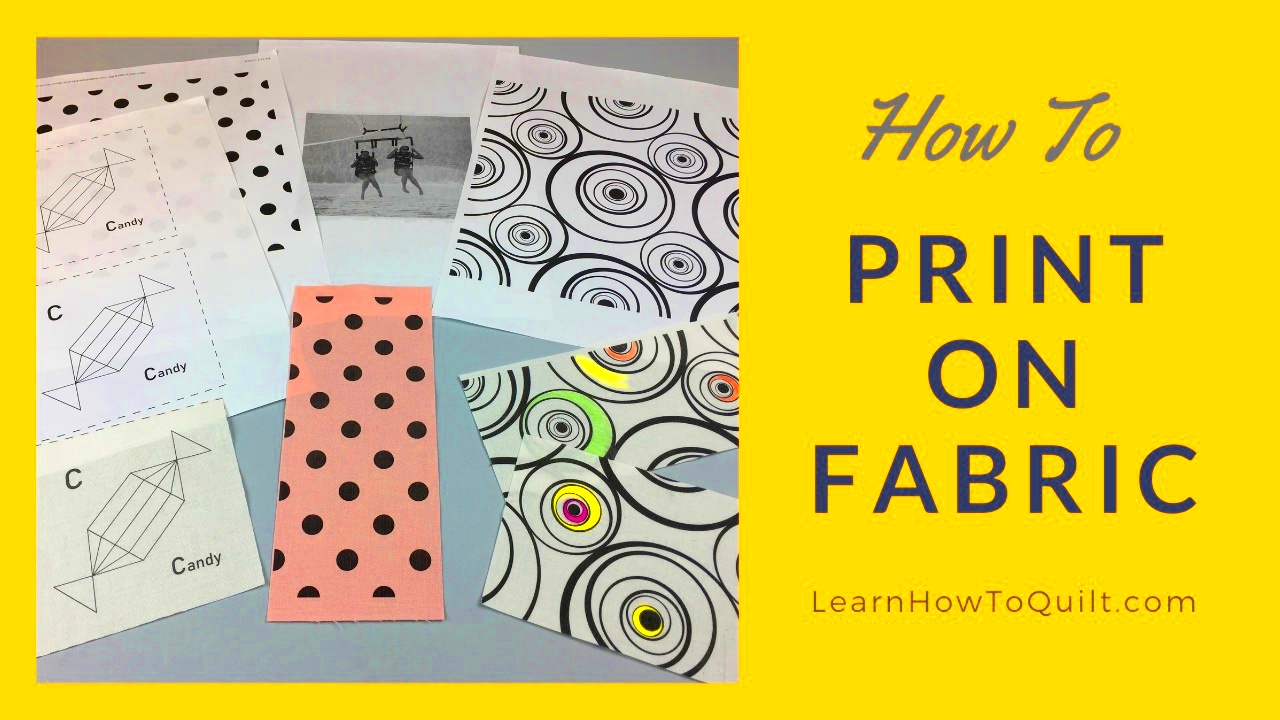Printing on fabric opens up a world of creativity. Whether you want to create custom apparel, unique home decor, or personalized gifts, knowing the basics of fabric printing is essential. This process involves transferring designs onto various fabric types using different techniques. Understanding these fundamentals helps ensure that your creations turn out beautifully.
There are a few key methods of printing on fabric:
- Screen Printing: Ideal for large batches, this technique involves pushing ink through a mesh screen onto the fabric.
- Heat Transfer: Involves printing your design onto a special paper and then using heat to transfer it onto the fabric.
- Direct-to-Garment (DTG): A modern approach that uses inkjet technology to print directly onto the fabric.
Understanding these methods will help you choose the right approach for your project, ensuring quality results.
Choosing the Right Fabric for Printing

Not all fabrics are created equal, especially when it comes to printing. Selecting the right material is crucial for achieving the best results. Here’s a quick overview of popular fabric types:
| Fabric Type | Best For | Notes |
|---|---|---|
| Cotton | T-shirts, bags | Absorbs ink well and feels soft. |
| Polyester | Sportswear, banners | Durable and resistant to wrinkles. |
| Linen | Home decor, clothing | Has a natural texture, but may absorb less ink. |
Consider the look and feel you want for your finished product. Cotton is popular for its softness, while polyester is great for durability.
Selecting Suitable Ink and Printing Techniques

Once you’ve chosen your fabric, it’s time to select the right ink and printing technique. The ink you choose can greatly affect the quality and durability of your print. Here are a few options:
- Water-Based Inks: Eco-friendly and soft to the touch, perfect for cotton fabrics.
- Solvent Inks: Great for outdoor fabrics as they are weather-resistant.
- Dye Sublimation Inks: Best for polyester fabrics, as they create vibrant colors and are long-lasting.
Choose a printing technique that complements your ink selection. For instance, screen printing works well with thick inks, while DTG is best for detailed designs using water-based inks.
Ultimately, your choice of ink and technique will impact the vibrancy, durability, and overall look of your printed fabric. Make sure to experiment with samples before starting your main project.
Preparing Your Images for Printing

Getting your images ready for printing on fabric is a vital step that can make or break your project. The better your images are prepared, the more vibrant and detailed the final product will be. Here are some key tips to ensure your images are print-ready:
- Choose the Right Resolution: Images should ideally be at least 300 DPI (dots per inch) to ensure clarity. Low-resolution images can appear pixelated when printed.
- Select the Correct File Format: Use formats like PNG or TIFF for high-quality prints. JPEGs can work, but they may lose some detail due to compression.
- Edit and Optimize: Use graphic design software to adjust colors, contrast, and brightness. This ensures your printed image looks as good as it does on screen.
Also, consider the background of your images. Transparent backgrounds can help your designs stand out better against the fabric. Don't forget to save your edited images in the appropriate format before printing!
Steps to Print Images on Fabric
Now that your images are prepared, it’s time to dive into the printing process. Follow these simple steps to ensure a successful outcome:
- Gather Your Materials: You'll need your fabric, printer, ink, and any transfer paper if you're using heat transfer methods.
- Set Up Your Printer: Make sure your printer is loaded with the right ink for the fabric you’ve chosen.
- Print a Test Image: Before committing to your final fabric, print a test image on regular paper to check for colors and details.
- Transfer the Image: Depending on your chosen method, transfer the image onto the fabric using screen printing, heat transfer, or DTG techniques.
- Heat Set Your Print: If using heat transfer or DTG, make sure to heat set your print to ensure durability.
Following these steps will help you achieve a high-quality print that you can be proud of!
Common Issues and How to Solve Them
Even with careful planning, you might run into a few hiccups along the way. Here are some common issues you may encounter while printing on fabric and how to solve them:
- Faded Colors: If your prints look washed out, it could be due to low ink levels or incorrect settings. Check your printer settings and ensure you're using the right ink type.
- Blurry Prints: This often happens due to low-resolution images. Always start with high-resolution files to avoid this problem.
- Peeling Transfers: If using heat transfer, ensure you’ve applied enough pressure and heat during the transfer process.
- Inconsistent Print Quality: Make sure your printer is clean and properly calibrated. Regular maintenance is key to consistent results.
By being aware of these issues and having solutions at the ready, you can navigate the printing process more smoothly and achieve better results!
Creative Ideas for Using Printed Fabric
Now that you’ve mastered the art of printing on fabric, let’s explore some fun and creative ways to use your printed materials. The possibilities are truly endless! Here are a few inspiring ideas to get your creativity flowing:
- Custom Apparel: Create unique t-shirts, dresses, or accessories that showcase your personal style. You can even design matching outfits for family or friends!
- Home Decor: Use printed fabric to make throw pillows, curtains, or wall art. Your home can reflect your personality through these custom pieces.
- Gifts: Handmade gifts like personalized tote bags, pouches, or aprons make for thoughtful presents. Everyone loves something made just for them!
- Quilting Projects: Incorporate your printed fabric into quilts for a unique touch. Mixing different patterns and colors can create stunning designs.
- Craft Projects: Use printed fabric in scrapbooking, card making, or other crafts. It adds a personal flair to your projects.
These ideas are just the tip of the iceberg. Let your imagination run wild and think outside the box to create items that truly represent you!
Frequently Asked Questions
Here are some common questions people often ask about printing on fabric:
- What type of fabric is best for printing? Cotton and polyester are great options. Cotton is soft and absorbs ink well, while polyester is durable and weather-resistant.
- Can I use my home printer for fabric printing? Yes, if your printer supports fabric ink and you’re using the right type of transfer paper. Always check your printer's specifications.
- How do I care for printed fabric? It’s best to wash printed fabrics in cold water and avoid bleach. Air drying is recommended to preserve the print.
- Can I print on any type of fabric? Not all fabrics work well for printing. It's essential to test different materials to see which gives you the best results.
If you have more questions, don't hesitate to research or ask for advice from experienced fabric printers!
Conclusion
Printing on fabric is a fantastic way to express your creativity and make unique items. From custom apparel to beautiful home decor, the possibilities are endless. Remember to choose the right fabric, prepare your images carefully, and follow the steps for printing. And don’t forget to troubleshoot any issues that may arise along the way.
So, gather your materials, let your imagination take flight, and start creating! Whether for personal use or as gifts for others, printed fabric projects can bring joy and satisfaction. Happy printing!

 admin
admin








